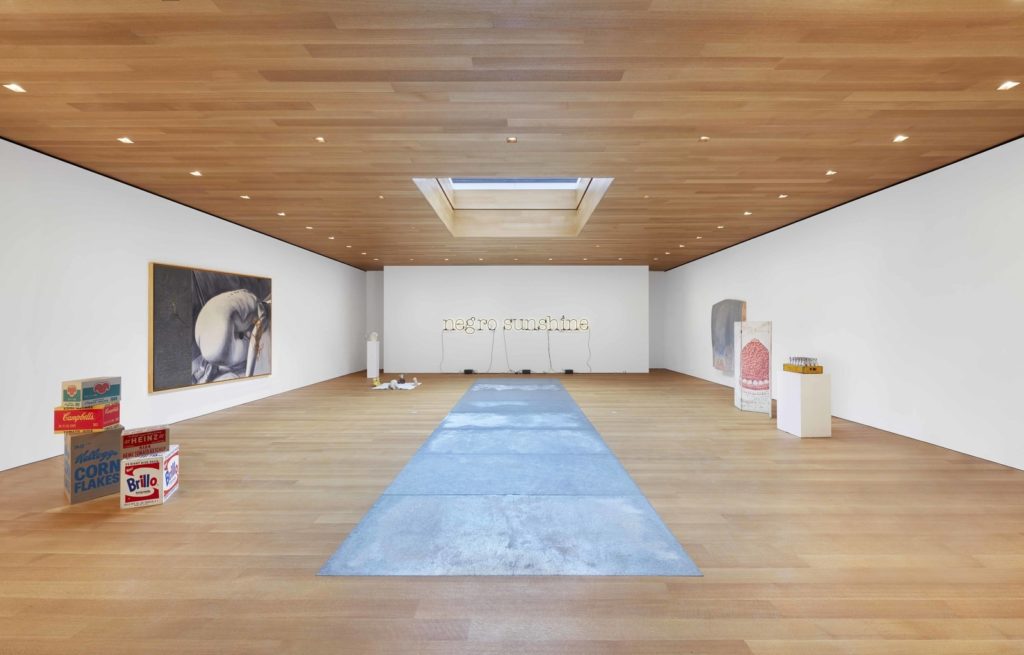Since the late 1960s, when he bought a Franz Kline and a couple of Warhols with money he’d made playing the stock market in college, the industrialist Peter Brant has been gobbling up contemporary art with the zeal of a gallery-hopping Pac-Man. It’s an appetite for the sublime that shows no signs of abating: “I don’t think it’s ever satisfied,” the famously competitive Brant explained in early December, after a shopping trip to Art Basel Miami Beach. “I think you’ve [got to be] inquisitive about what’s going on now. What’s dangerous is if you lose what you found, and the importance of what you found, and just discard it and go onto something else—then you don’t really get what happened.”
Third Dimension: Works From the Brant Foundation, an exhibition at the foundation’s East Village branch that opened in November, bears witness to Brant’s singular obsession (and deep pockets). With a focus on sculpture and installation, the show—largely curated by Brant himself—brings together works, many of which he lived with in his late teens and early 20s, by over 20 marquee artists central to his collection, including Dan Flavin, Glenn Ligon, Cady Noland, Jean-Michel Basquiat, and Brant’s beloved Andy Warhol. Spread over three floors of the sprawling 16,000-square-foot space (all masonry, steel, and concrete—a fittingly muscular stage for such an outsize flex), the survey of heavy hitters (Schnabel! Salle! Oldenburg!) is richly satisfying, without ever feeling like the visual equivalent of eating too much chocolate. “I’m very proud of it,” Brant says. “The space is spectacular because it doesn’t compete with the art; it’s a space that accepts and shows the art; it just has a feeling that it’s going to be there for many years to come.”
Installation view of the Brant Foundation’s East Village show, Third Dimension.
Photo by Tom Powel. Image courtesy of the Brant Foundation.
In addition to lending an air of august permanence to the selection, the scale of the Richard Gluckman-renovated building—a former Con Edison substation that the artist Walter De Maria used as his home and studio from the mid-1980s until his death in 2013—makes possible the inclusion of two sculptures never before shown at the foundation due to their size. “[De Maria] was a minimalist and one of the very important American sculptors of the ’70s, so we thought the fact that this was his studio, it would be nice to have a sculpture show that had some of the works of that period,” says Brant. “I just thought that it was something that felt right for the building.”
On the third floor, John Chamberlain’s Fuccimanooli (1990), a twisted metal piece that reaches over 12 feet high, holds pride of place. Meanwhile, the second floor, with its 30-foot-high walls and spanning framework for moving large artworks between levels, houses Urs Fischer’s Untitled (2011), a wax replica of Giambologna’s 16th-century sculpture The Rape of the Sabine Women that measures more than 20 feet in height and melts away over the run of the exhibition. “Of course [we had to include] the Urs Fischer wax piece that was in the Venice Biennale about 10 years ago,” acknowledges Brant. “It’s a very spectacular piece. So are the pieces by Cady Noland, a great American sculptor who is really starting to get recognized by the museums and collectors.”





